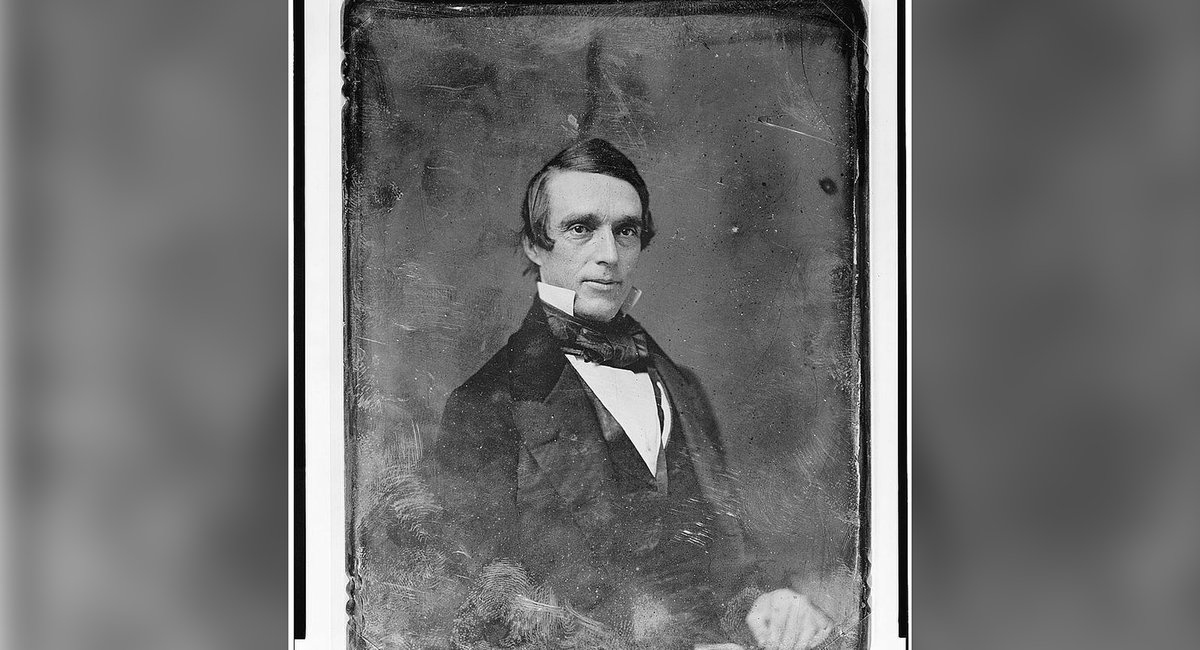Before he was indicted, he was an up-and-coming political star with a hardscrabble backstory. But his mayoral term ended in scandal after criminal charges of corruption and grift.
The mayor was renowned for his elegance, charm and, depending on which journalist you asked, he was either brilliant or certifiably crazy. He shifted political allegiances before settling with the Democratic Party bosses who ran New York City — a choice that eventually led to his political downfall.
More than 150 years before Mayor Eric Adams defiantly vowed to fight charges that he took bribes from foreign officials, Mayor Abraham Oakey Hall battled his own indictments. The similarities between Hall and Adams are striking, and not because they are the only New York City mayors who have fought criminal charges while in office.
Adams brags about his “swagger;” while Hall, who served as mayor from 1869 to 1872, was known for his fashionable suits and debonair personality. Adams takes aim at the local press for covering the scandals in his administration; Hall was besieged by the New York Times’ coverage of City Hall corruption. Adams spends late nights at exclusive, celebrity-ridden haunts like Zero Bond; in his time, Hall frequented the most cliquey bars, and he was a leader of the bohemian elite that included poet Walt Whitman. Friends and enemies alike referred to Hall as “Elegant Oakey.”
“Hall had a great style about him. He fancied himself a poet and literary guy. He probably wrote his own speeches. He was the kind of politician where, if you were a party boss, you might think ‘Wow, I’d like to steal a lot of money but we need a front man, and here’s our guy,’” said Terry Golway, a professor of political science and history at the College of Staten Island.
Hall was born to merchant parents, and Hall’s father died when the future mayor was a toddler. As he grew up, Hall took jobs as a journalist, which helped him pay his way through law school, briefly at Harvard University and later in New Orleans.
When Hall returned to New York City to practice law in the early 1850s, he found explosive growth in Manhattan, which had not yet fully joined with what would become the boroughs of Brooklyn, Queens, the Bronx and Staten Island. The Erie Canal’s construction in the 1820s had helped to cement New York state as a roaring engine of industrialization.
The city’s population boomed, and mounting pressure to provide open space for its growing populace led to the decision to secure land for what would become Central Park. Meanwhile, labor struggles and class inequities were fueling the rise of Tammany Hall, the Democratic Party machine that leveraged patronage politics and support within immigrant communities to control New York City.
Hall was elected district attorney as a 29-year-old law-and-order prosecutor who boasted about the thousands of criminal cases he took on to clean up New York City. That included prosecutions of men behind the violent 1863 Draft Riots, still considered the largest uprising in American history.
The dayslong riots erupted as poor New Yorkers, mostly Irish Americans, fought forced enlistment into the Union Army while wealthy New Yorkers found ways to pay their way out of service. Many resented the idea of being forced to fight slavery and worried that free Black men would take their jobs in the North. An estimated 120 people died in the violence, which eventually led many Black residents to flee Manhattan and seek refuge in the Brooklyn suburbs.
“To make a loose comparison, we know that a couple of judges and prosecutors have gained admiration for how they have handled the Jan. 6 rioters recently. In the 1860s, that was Hall,” said Golway, the political science professor. “He prosecuted lynchers and murderers from those riots. In some ways we could say he was doing his job, but as we know, prosecutors can do their job or they can really do their job.”
At the same time, William “Boss” Tweed’s Tammany Hall machine had become overwhelmingly powerful in New York City, and Hall abandoned his Republican allies for the Democratic Party. After an election manipulated by Tammany Hall, “Elegant Oakey” became mayor in 1869 – the same year construction began on the Brooklyn Bridge.
Mayor Hall was in many ways the public face of the Tweed Ring, which included Comptroller Richard “Slippery Dick” Connolly and City Chamberlain Peter Sweeny. After the New York Times broke the story of Tammany Hall corruption, indictments followed.
Golway, who’s written numerous books on Tammany and the history of city politics, said Connolly and Sweeny fled the country, but it was less clear that Hall was guilty of the corruption accusations against him.
Mayor Hall fought three separate trials on the charges. The first ended when a juror died; the second ended in a hung jury. Eventually the mayor, acting as his own attorney, was cleared of wrongdoing in the third trial, which took place after he left office, Golway said.
Hall left the city a few years later, according to the New York Times archives. He returned in the fall of 1877, arguing to his nemesis newspaper that he had merely been on a vacation, had not gone mad as his critics alleged, and that “I shall resist every attempt to make it appear that a former Mayor of this great City deliberately planned and carefully executed and profited peculiarly by a criminal conspiracy.”
He indeed returned to occasionally practice law, but many of his last years before retirement were spent in journalism, working as an editor and correspondent for some of the same newsrooms that had covered him for years.
Due to an editing error, a previous version of this story included the incorrect years that A. Oakey Hall served as mayor.
